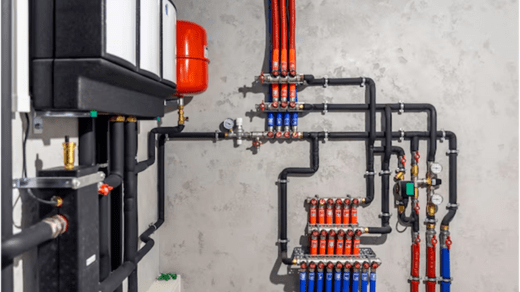1. Understanding the ECM
The Engine Control Module (ECM) is a vital component of modern vehicles, serving as the brain of the engine management system.
2. Under the Hood: Engine Compartment
In most vehicles, the ECM is located within the engine compartment, typically near the firewall or close to the battery.
3. Vehicle Make and Model: Location Variations
The exact placement of the ECM can vary depending on the make and model of the vehicle, as well as the year of manufacture.
4. Follow the Wiring: Tracing Electrical Connections
One method to locate the ECM is to follow the wiring harnesses from the engine components until they converge at the ECM.
5. Consult the Manual: Manufacturer’s Guidance
Consulting the vehicle’s owner’s manual or service manual can provide specific information regarding the ECM’s location.
6. Beneath the Dashboard: Interior Placement
In some vehicles, particularly older models, the ECM may be located beneath the dashboard on the driver’s side.
7. Passenger Compartment: Accessibility Concerns
Accessing the ECM in the passenger compartment may require removing panels or components, depending on the vehicle’s design.
8. Under the Seats: Unconventional Placement
In certain vehicles, especially those with limited space under the hood, the ECM may be located under the seats or in other unconventional areas.
9. Diagnostic Port Connection: OBD-II Access
The On-Board Diagnostics II (OBD-II) port, often located near the driver’s side dashboard, provides access to the ECM for diagnostic purposes.
10. Professional Assistance: Mechanic Expertise
If locating the ECM proves challenging, seeking assistance from a qualified mechanic or automotive technician is advisable.
11. Engine Bay Examination: Visual Inspection
A thorough visual inspection of the engine bay may reveal the ECM’s location, especially if it is mounted prominently.
12. Electrical Components: Nearby Placement
Since the ECM communicates with various electrical components, it is often located in close proximity to these elements for efficient operation.
13. Air Intake Area: Strategic Positioning
In some vehicles, the ECM may be positioned near the air intake area to monitor and regulate airflow into the engine.
14. Waterproof Enclosure: Protection Measures
To safeguard against moisture and other environmental factors, the ECM may be housed within a waterproof enclosure.
15. Temperature Considerations: Heat Management
Given the heat generated within the engine compartment, the ECM’s location is chosen to minimize exposure to extreme temperatures.
16. Anti-Theft Measures: Hidden Placement
In certain vehicles, the ECM may be strategically placed to deter theft or tampering, requiring specialized tools for access.
17. Engine Layout: Impact on Placement
The layout of the engine and surrounding components can influence the ECM’s placement, with space constraints being a key consideration.
18. Manufacturer Guidelines: Design Specifications
Automobile manufacturers adhere to specific design guidelines when determining the ECM’s location, prioritizing functionality and accessibility.
19. Modular Systems: Distributed Components
In vehicles equipped with modular systems, the ECM may be part of a larger network of components distributed throughout the vehicle.
20. Vehicle Architecture: Integration with Electronics
Modern vehicles feature increasingly sophisticated electronic systems, necessitating strategic integration of the ECM within the overall architecture.
21. Retrofitting Considerations: Aftermarket Modifications
For vehicles undergoing aftermarket modifications, such as engine swaps or performance upgrades, the ECM’s location may be altered accordingly.
22. Engine Diagnostics: ECM Accessibility
Easy access to the ECM facilitates diagnostic procedures, enabling technicians to quickly identify and address engine-related issues.
23. Future Innovations: Advancements in ECM Technology
As automotive technology continues to evolve, future iterations of the ECM may incorporate advanced features and capabilities.
24. User-Friendly Designs: Simplified Maintenance
Efforts to streamline vehicle maintenance may lead to designs that prioritize accessibility to the ECM for routine servicing.
25. Navigating the ECM’s Location
While the ECM’s exact location may vary from vehicle to vehicle, understanding the factors influencing its placement can aid in locating this essential component for engine management and diagnostics.







